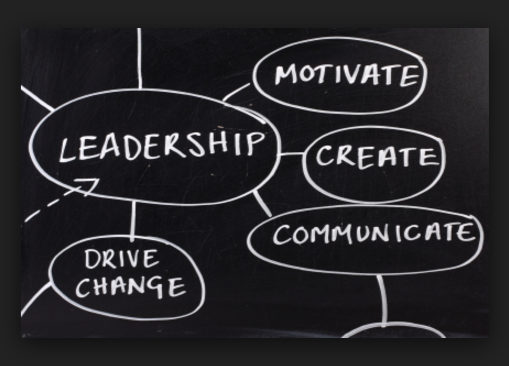Tag: critical thinking
How to Improve Your Critical Thinking
I recently helped my 9-year-old son to complete a homework project for his class that had him analyzing a news article, answering questions, and then translating it into a different language. The purpose was to know what’s happening in another part of the world and then write about it in the language of the people…

IBM Executive Leadership: 8 Questions to Define the Secret Sauce
For a small business, leadership skills are more critical to daily operations than larger businesses. Why? Because there is much less leadership to be involved. So … you need to pay attention to the development of IBM executive leadership thinking abilities. Check out our thoughts on team leverage. IBM executive leadership traits … think like…